×
![]()
v150d30-2hopcds: Instance-to-Instance Comparison Results
| Type: | Instance |
| Submitter: | Austin Buchanan |
| Description: | A problem in wireless networks. The objective is to select a minimum number of relay nodes so that any two nonadjacent nodes can communicate by way of the chosen relay nodes in at most s hops, where s is a problem input. The 2-hop case of this problem can be formulated as a set cover/hitting set problem with n binary variables and n^2 constraints: _{ k N(i) N(j) } x_k 1 for nonadjacent node pairs {i,j}. Despite the formulation's simplicity, instances with as few as 120 variables are left unsolved after one hour using Gurobi 7.0.2. |
| MIPLIB Entry |
Parent Instance (v150d30-2hopcds)
All other instances below were be compared against this "query" instance.  |
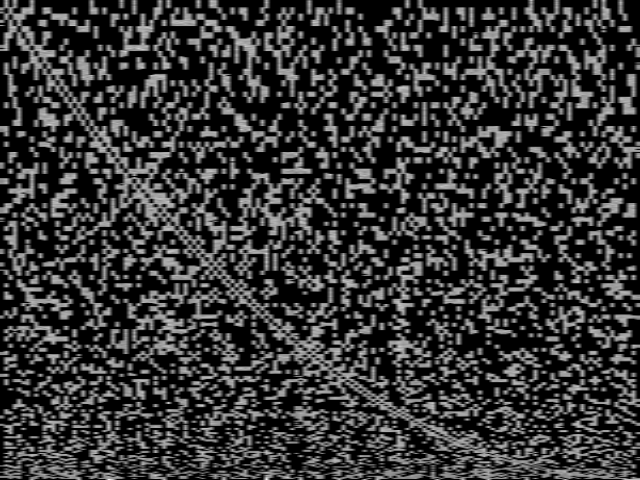 |
 |
 |
 |
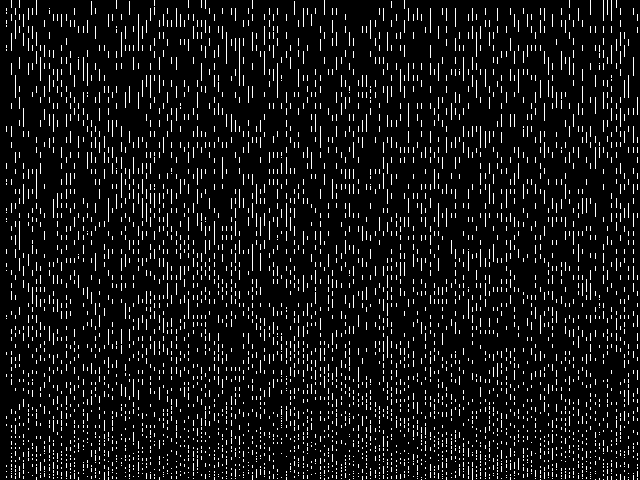 |
|
Raw
This is the CCM image before the decomposition procedure has been applied.
|
Decomposed
This is the CCM image after a decomposition procedure has been applied. This is the image used by the MIC's image-based comparisons for this query instance.
|
Composite of MIC Top 5
Composite of the five decomposed CCM images from the MIC Top 5.
|
Composite of MIPLIB Top 5
Composite of the five decomposed CCM images from the MIPLIB Top 5.
|
Model Group Composite Image
Composite of the decomposed CCM images for every instance in the same model group as this query.
|
MIC Top 5 Instances
These are the 5 decomposed CCM images that are most similar to decomposed CCM image for the the query instance, according to the ISS metric.  |
Decomposed
These decomposed images were created by GCG.
|
 |
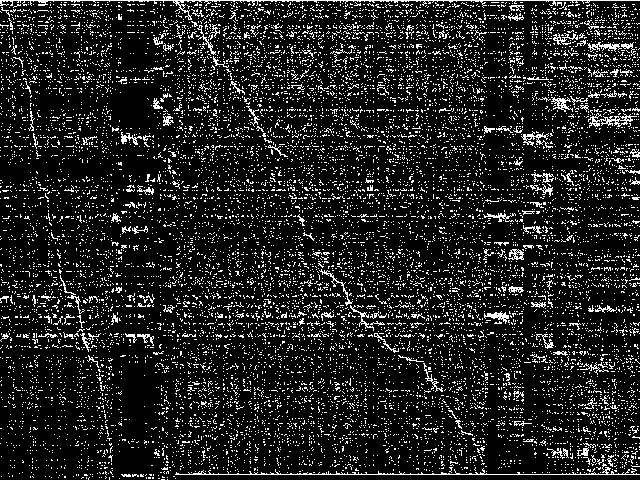 |
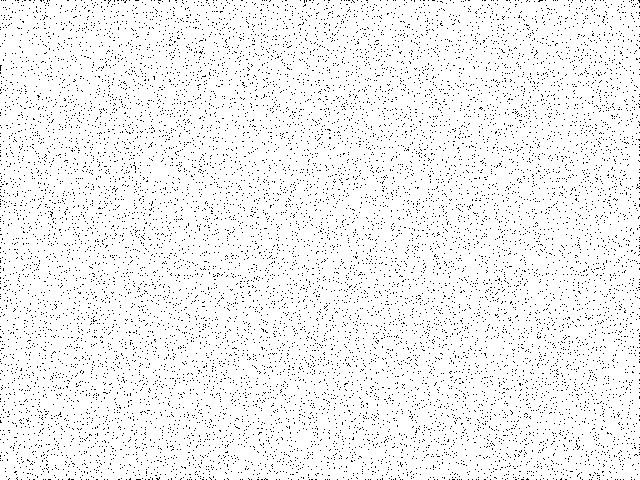 |
 |
 |
| Name | core2536-691 [MIPLIB] | core4284-1064 [MIPLIB] | scpk4 [MIPLIB] | sorrell4 [MIPLIB] | scpj4scip [MIPLIB] | |
|
Rank / ISS
The image-based structural similarity (ISS) metric measures the Euclidean distance between the image-based feature vectors for the query instance and all other instances. A smaller ISS value indicates greater similarity.
|
1 / 0.747 | 2 / 0.762 | 3 / 0.800 | 4 / 0.809 | 5 / 0.826 | |
|
Raw
These images represent the CCM images in their raw forms (before any decomposition was applied) for the MIC top 5.
|
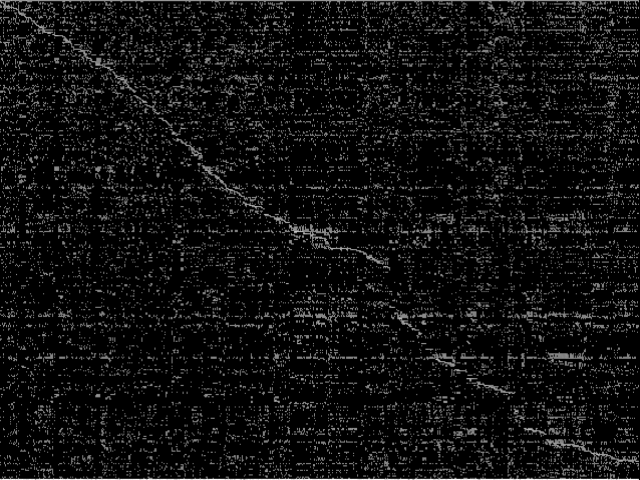 |
 |
 |
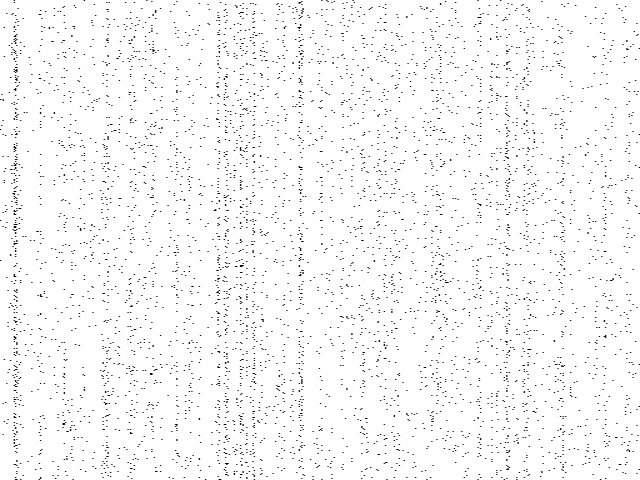 |
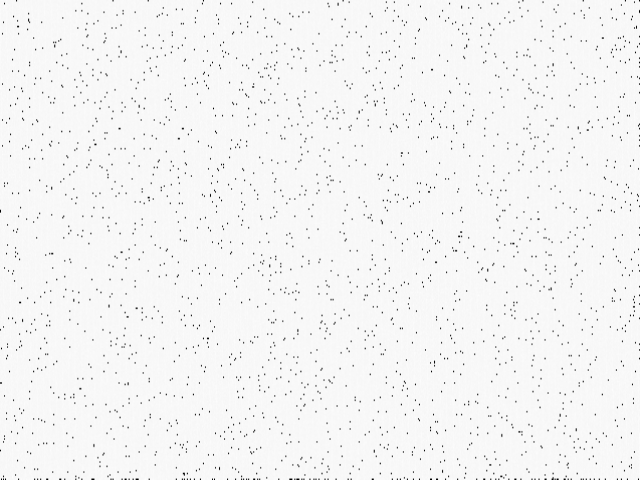 |
MIPLIB Top 5 Instances
These are the 5 instances that are most closely related to the query instance, according to the instance statistic-based similarity measure employed by MIPLIB 2017  |
Decomposed
These decomposed images were created by GCG.
|
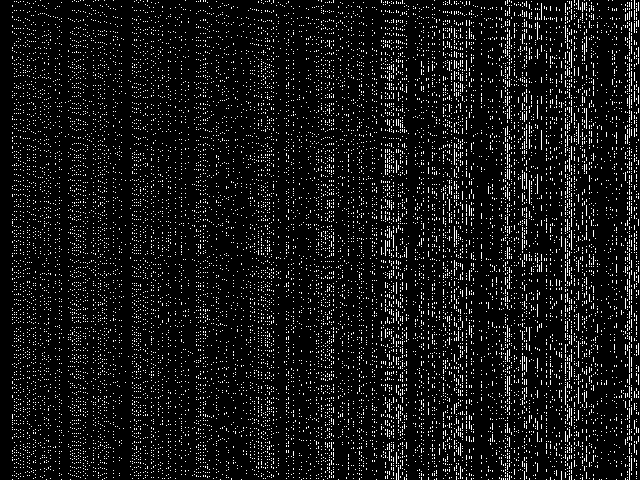 |
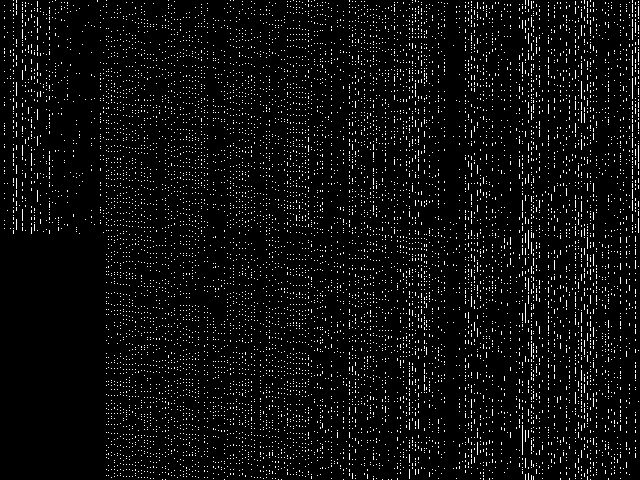 |
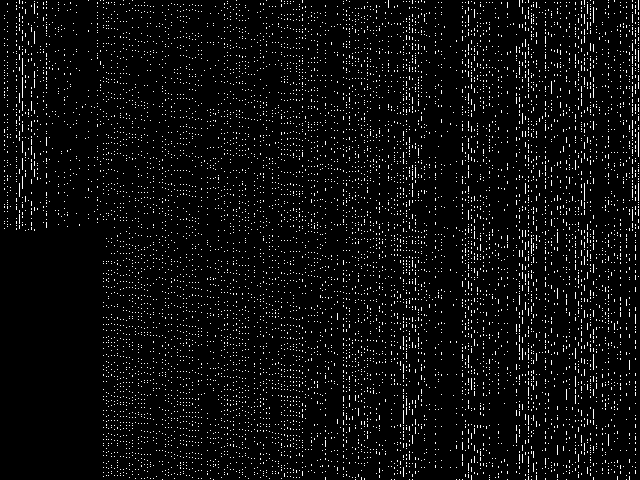 |
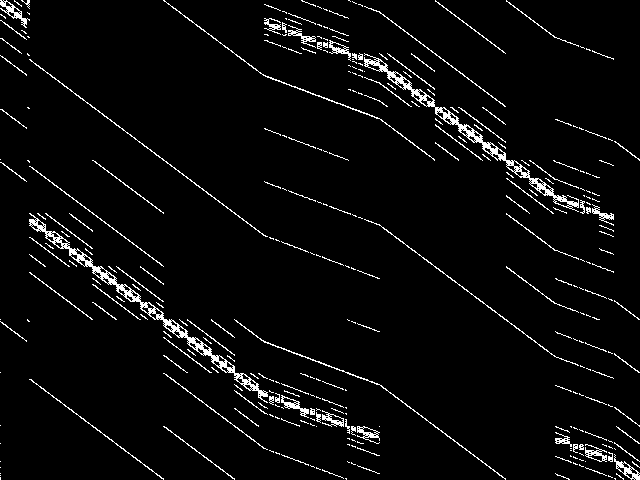 |
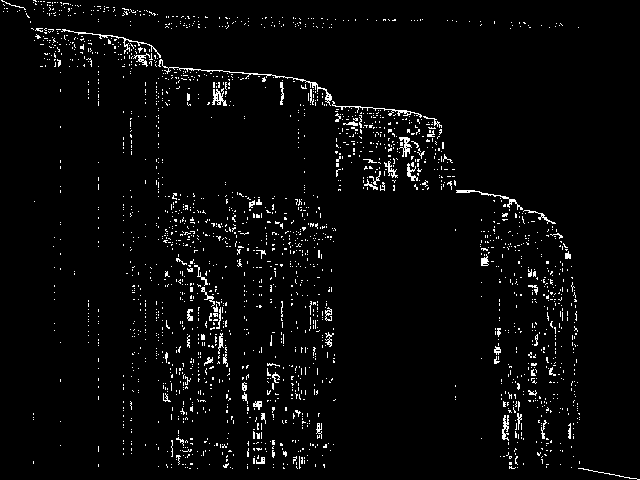 |
| Name | iis-hc-cov [MIPLIB] | glass-sc [MIPLIB] | iis-glass-cov [MIPLIB] | ramos3 [MIPLIB] | seymour [MIPLIB] | |
|
Rank / ISS
The image-based structural similarity (ISS) metric measures the Euclidean distance between the image-based feature vectors for the query instance and all model groups. A smaller ISS value indicates greater similarity.
|
23 / 1.072 | 46 / 1.349 | 47 / 1.356 | 127 / 2.008 | 155 / 2.108 | |
|
Raw
These images represent the CCM images in their raw forms (before any decomposition was applied) for the MIPLIB top 5.
|
 |
 |
 |
 |
 |
Instance Summary
The table below contains summary information for v150d30-2hopcds, the five most similar instances to v150d30-2hopcds according to the MIC, and the five most similar instances to v150d30-2hopcds according to MIPLIB 2017.
| INSTANCE | SUBMITTER | DESCRIPTION | ISS | RANK | |
|---|---|---|---|---|---|
| Parent Instance | v150d30-2hopcds [MIPLIB] | Austin Buchanan | A problem in wireless networks. The objective is to select a minimum number of relay nodes so that any two nonadjacent nodes can communicate by way of the chosen relay nodes in at most s hops, where s is a problem input. The 2-hop case of this problem can be formulated as a set cover/hitting set problem with n binary variables and n^2 constraints: _{ k N(i) N(j) } x_k 1 for nonadjacent node pairs {i,j}. Despite the formulation's simplicity, instances with as few as 120 variables are left unsolved after one hour using Gurobi 7.0.2. | 0.000000 | - |
| MIC Top 5 | core2536-691 [MIPLIB] | A. Caprara, M. Fischetti, P. Toth | Set covering instance coming from Italian railway models | 0.746644 | 1 |
| core4284-1064 [MIPLIB] | A. Caprara, M. Fischetti, P. Toth | Set covering instance coming from Italian railway models | 0.762239 | 2 | |
| scpk4 [MIPLIB] | Shunji Umetani | This is a random test instance generator for SCP using the scheme of the following paper, namely the column cost c[j] are integer randomly generated from [1,100]; every column covers at least one row; and every row is covered by at least two columns. see reference: E. Balas and A. Ho, Set covering algorithms using cutting planes, heuristics, and subgradient optimization: A computational study, Mathematical Programming, 12 (1980), 37-60. We have newly generated Classes I-N with the following parameter values, where each class has five instances. We have also generated reduced instances by a standard pricing method in the following paper: S. Umetani and M. Yagiura, Relaxation heuristics for the set covering problem, Journal of the Operations Research Society of Japan, 50 (2007), 350-375. You can obtain the instance generator program from the following web site. https://sites.google.com/site/shunjiumetani/benchmark | 0.799984 | 3 | |
| sorrell4 [MIPLIB] | Toni Sorrell | These instances are based on Neil Sloane's Challenge problems: Independent Sets in Graphs. | 0.809446 | 4 | |
| scpj4scip [MIPLIB] | Shunji Umetani | This is a random test instance generator for SCP using the scheme of the following paper, namely the column cost c[j] are integer randomly generated from [1,100]; every column covers at least one row; and every row is covered by at least two columns. see reference: E. Balas and A. Ho, Set covering algorithms using cutting planes, heuristics, and subgradient optimization: A computational study, Mathematical Programming, 12 (1980), 37-60. We have newly generated Classes I-N with the following parameter values, where each class has five instances. We have also generated reduced instances by a standard pricing method in the following paper: S. Umetani and M. Yagiura, Relaxation heuristics for the set covering problem, Journal of the Operations Research Society of Japan, 50 (2007), 350-375. You can obtain the instance generator program from the following web site. https://sites.google.com/site/shunjiumetani/benchmark | 0.826172 | 5 | |
| MIPLIB Top 5 | iis-hc-cov [MIPLIB] | Marc Pfetsch | 23 "middlehard" Set-Covering Instances for MIPLIB: they have a small number of variables compared to the number of constraints and CPLEX 12.1 needs about one hour to solve them.For more information, have a look into the readme file which explains how the instances can be created. | 1.072293 | 23 |
| glass-sc [MIPLIB] | Marc Pfetsch | Set covering problems arising from a Benders algorithm for finding maximum feasible subsystems. More details on the generation is given in the README file in the tarball. | 1.348591 | 46 | |
| iis-glass-cov [MIPLIB] | Marc Pfetsch | 23 "middlehard" Set-Covering Instances for MIPLIB: they have a small number of variables compared to the number of constraints and CPLEX 12.1 needs about one hour to solve them.For more information, have a look into the readme file which explains how the instances can be created. | 1.355827 | 47 | |
| ramos3 [MIPLIB] | F. Ramos | Set covering problem from a product manufacturing application | 2.008160 | 127 | |
| seymour [MIPLIB] | W. Cook, P. Seymour | A set-covering problem that arose from work related to the proof of the 4-color theorem. | 2.108225 | 155 |
v150d30-2hopcds: Instance-to-Model Comparison Results
| Model Group Assignment from MIPLIB: | 2hopcds |
| Assigned Model Group Rank/ISS in the MIC: | 1 / 0.0 |
MIC Top 5 Model Groups
These are the 5 model group composite (MGC) images that are most similar to the decomposed CCM image for the query instance, according to the ISS metric.  |
These are model group composite (MGC) images for the MIC top 5 model groups.
|
 |
 |
 |
 |
 |
| Name | 2hopcds | f2gap | assign1 | iis | mod | |
|
Rank / ISS
The image-based structural similarity (ISS) metric measures the Euclidean distance between the image-based feature vectors for the query instance and all other instances. A smaller ISS value indicates greater similarity.
|
1 / 0.000 | 2 / 0.898 | 3 / 0.952 | 4 / 0.982 | 5 / 0.995 |
Model Group Summary
The table below contains summary information for the five most similar model groups to v150d30-2hopcds according to the MIC.
| MODEL GROUP | SUBMITTER | DESCRIPTION | ISS | RANK | |
|---|---|---|---|---|---|
| MIC Top 5 | 2hopcds | Austin Buchanan | A problem in wireless networks. The objective is to select a minimum number of relay nodes so that any two nonadjacent nodes can communicate by way of the chosen relay nodes in at most s hops, where s is a problem input. The 2-hop case of this problem can be formulated as a set cover/hitting set problem with n binary variables and n^2 constraints: _{ k N(i) N(j) } x_k 1 for nonadjacent node pairs {i,j}. Despite the formulation's simplicity, models with as few as 120 variables are left unsolved after one hour using Gurobi 7.0.2. | 0.000000 | 1 |
| f2gap | Salim Haddadi | Restrictions of well-known hard generalized assignment problem models (D10400,D20400,D40400,D15900,D30900,D60900,D201600,D401600,D801600) | 0.898042 | 2 | |
| assign1 | Robert Fourer | Imported from the MIPLIB2010 submissions. | 0.952453 | 3 | |
| iis | Marc Pfetsch | 23 "middlehard" Set-Covering Models for MIPLIB: they have a small number of variables compared to the number of constraints and CPLEX 12.1 needs about one hour to solve them.For more information, have a look into the readme file which explains how the models can be created. | 0.982170 | 4 | |
| mod | MIPLIB submission pool | Imported from the MIPLIB2010 submissions. | 0.994775 | 5 |

